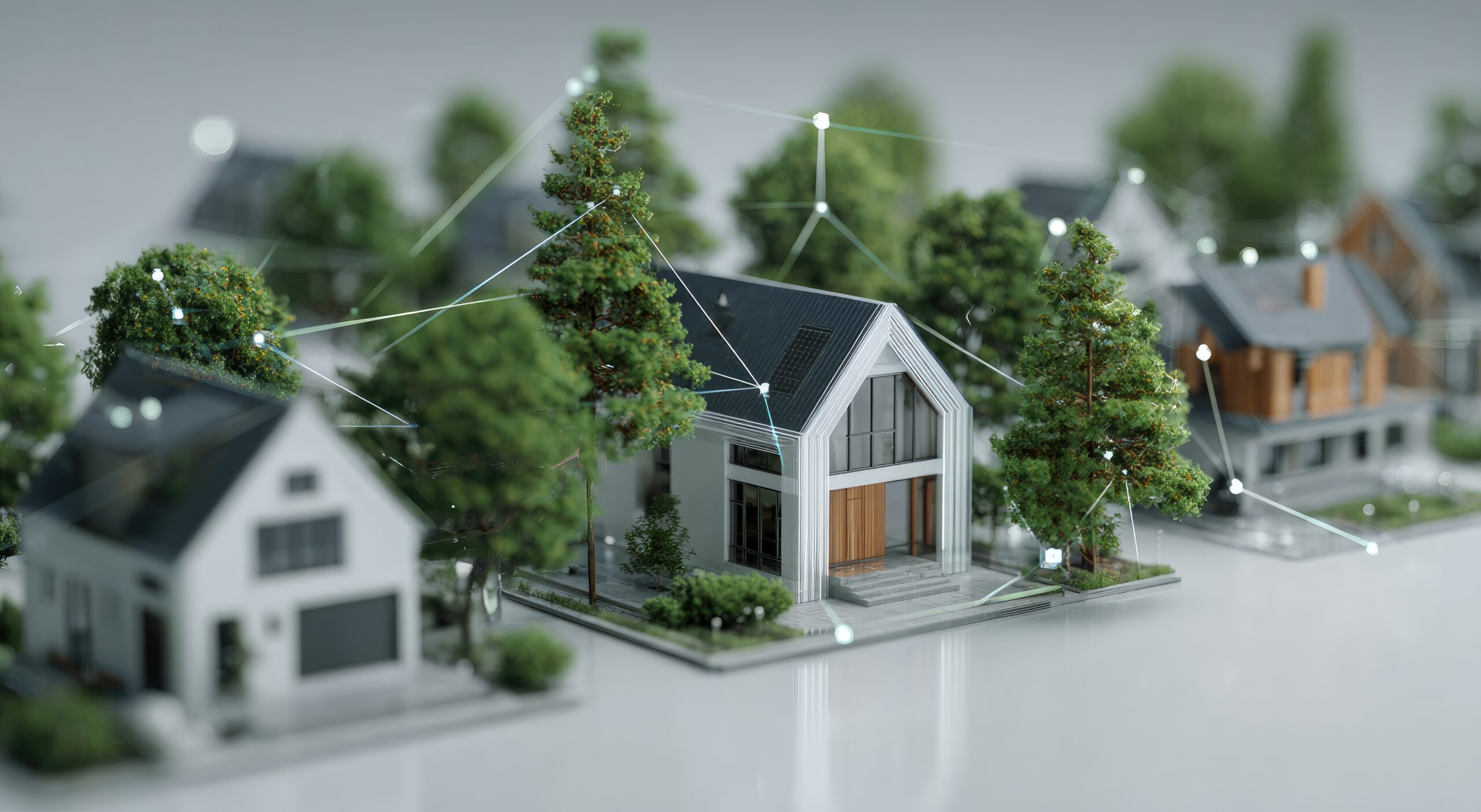Cloud computing
Types of cloud in Cloud Computing

Within cloud computing we can find different types of cloud for its access, but also for its practical application in combination with other technologies.
Cloud types in cloud computing have evolved a lot in the last decade. And different types of cloud are being developed.
One of the conditions for categorizing clouds was their access options:
- Public cloud: Public clouds are the most common way to implement cloud computing. Cloud resources (such as servers and storage) are owned and operated by an external cloud service provider and delivered over the Internet. Microsoft Azure is an example of a public cloud. With a public cloud, all hardware, software, and other supporting infrastructure is owned and managed by the cloud provider.
- Private cloud: A private cloud consists of computing resources used exclusively by a company or organization. The private cloud can be physically located in the company’s or organization’s data center, or it can be hosted by a third-party service provider. But in a private cloud, services and infrastructure are always maintained on a private network and the hardware and software are dedicated exclusively to the organization that owns it.
- Hybrid cloud: Hybrid clouds combine private clouds with public clouds so organizations can take advantage of both. In a hybrid cloud, data and applications can move between private and public clouds for greater flexibility. For example, the public cloud can be used for high-volume, lower-security applications, such as web-based email, and private cloud (or other on-premises infrastructure) for sensitive and business-critical operations, such as financial reports. In a hybrid cloud, the public cloud can also be used as an extension of the private cloud in the face of peak demand, as in a seasonal event.
Increased mobility of users and resources, continuous migration of cloud applications, and the emergence of increasingly sophisticated threats are driving organizations toward hybrid cloud adoption.
Major cloud providers are focusing on enhancing their presence in the hybrid cloud space. For example, in October 2018, IBM acquired Red Hat, which has helped IBM gain access to a larger customer base and Red Hat’s diverse cloud service offering.
Today, the concept of Multicloud emerges very strongly.
Multicloud: We should not confuse the concepts of “Multicloud” and “hybrid cloud”. “Hybrid cloud” has traditionally meant the combination of private (either on-premises or hosted on an external facility) and public cloud infrastructure, with orchestration tools used to deploy workloads and manage the balance between the two, employing public cloud resources to meet specific demands of compute and/or storage requirements, For example.
“Multicloud,” by contrast, has more strategic emphasis, and describes how companies use multiple cloud providers to meet different technical or business requirements. In its most granular form, Multicloud means cloud-native applications built from containers and microservices that use services from different cloud providers.
New technologies powered by Cloud Computing
Cloud Computing has been the great driver of a new way of understanding computing, from programming to application management. We’ve seen in recent years how we’re moving from virtual machines (VMs ) to containers.
Edge Computing: Finally, we are witnessing a phenomenon called Edge Computing (which we could translate as Edge Computing), which consists of improving data processing in cloud-based computer systems by performing it at the edge of the network, closer to the data source.
Edge Computing arises from the need for real-time processing, with the minimum possible latency and avoiding connectivity problems in solutions of IoT (Internet of Things)) that need to apply Artificial Intelligence algorithms and respond immediately.
Examples of this can be found in autonomous vehicles, in augmented reality applications or in Smart Cities.
All information generated by IoT sensors and controllers, such as those existing in industrial robots, smart vehicles, smart industry and smart cities, no longer needs to be sent directly to the cloud. It would take a long time to send huge amounts of data for processing on servers located around the world. Edge Computing allows you to store, analyze and process all that data in the vicinity where it is generated.
With the arrival of 5G (the fifth generation of mobile phone technologies), an Edge Computing architecture is being created that aims to take advantage of all the advantages of this technology, called MEC (Mobile Edge Computing).
Between Cloud Computing and Edge Computing, Fog Computing emerges, which acts as a link between both worlds. We could consider Fog Computing as the strategy of locating computer resources (hardware, software, applications) wherever the price-performance-criticality ratio is best.
To finish the review of the type of clouds, the current state of the art is also contemplating what is already called Cloud of Things, which consists of taking advantage of the power of billions of devices so that, in times of inactivity, it can be used to provide services to third parties. We will see how this concept develops when 5G is widely deployed and the development of the necessary orchestration / coordination tools is viable.







